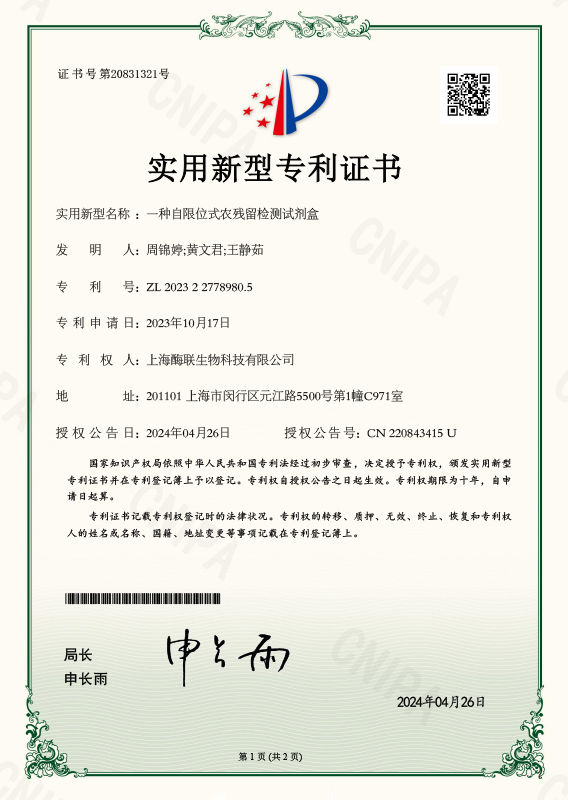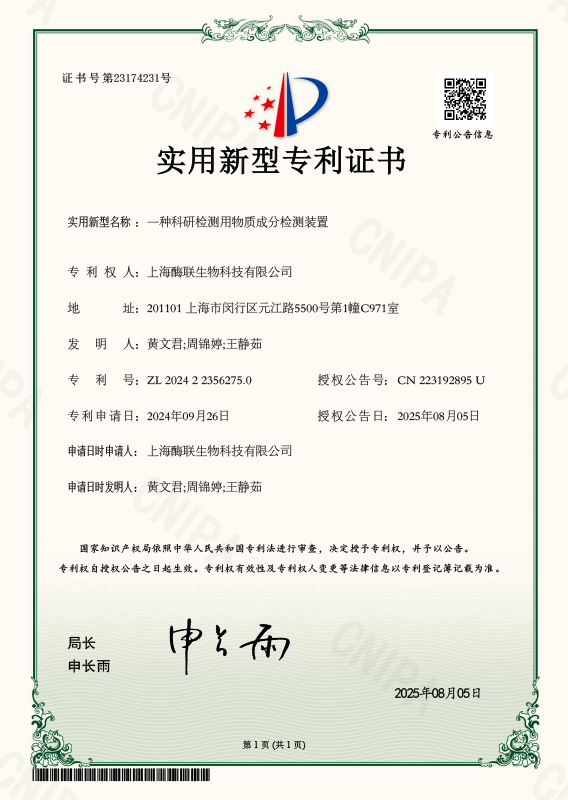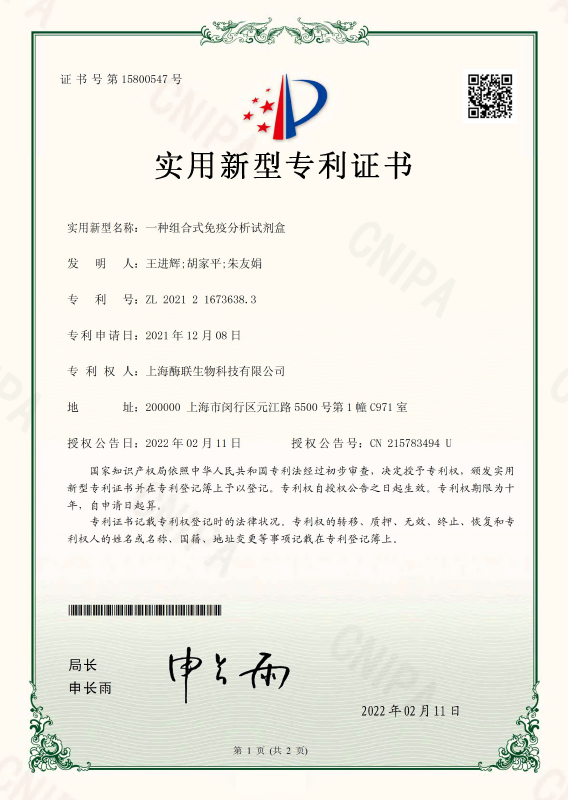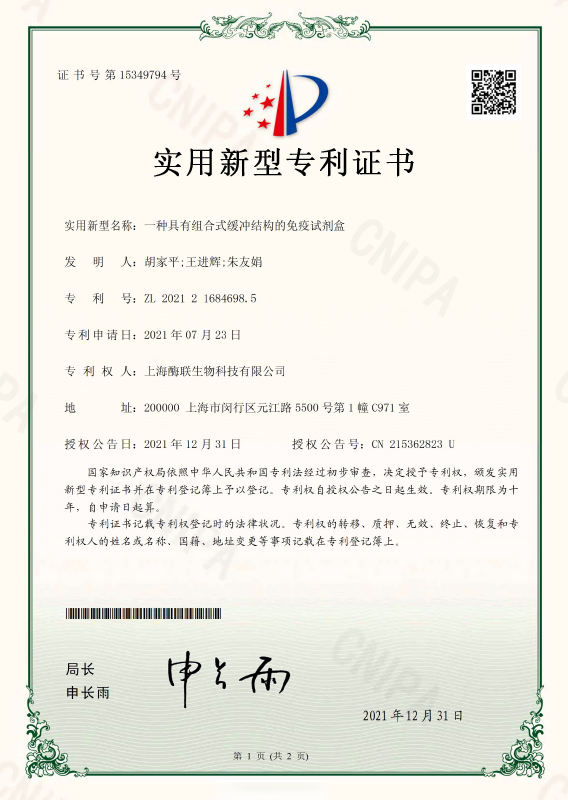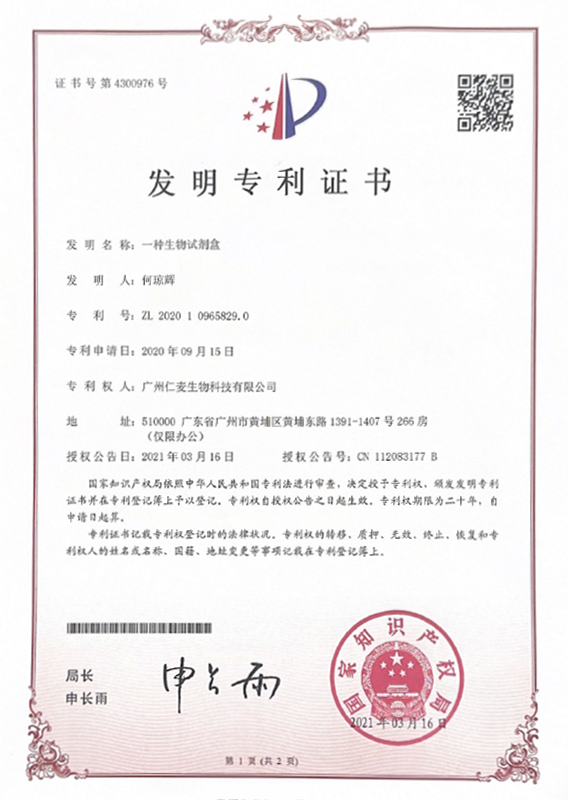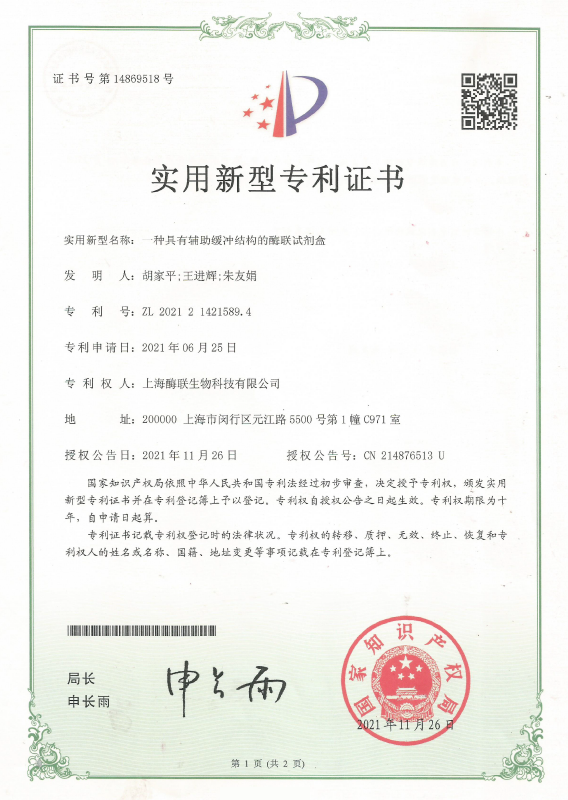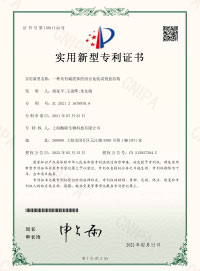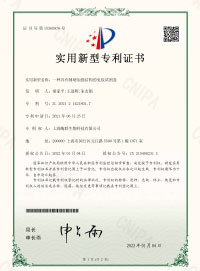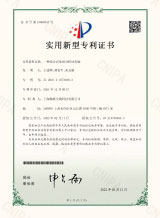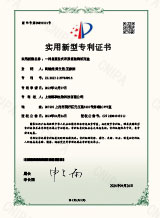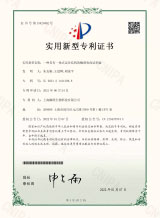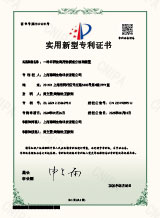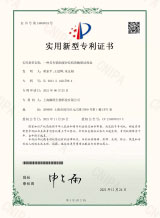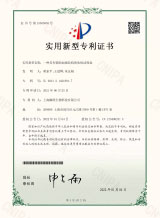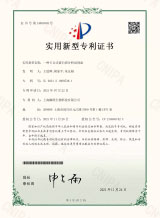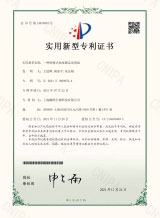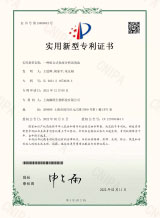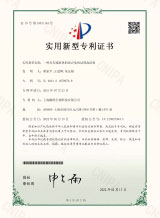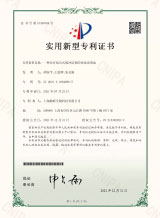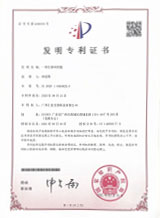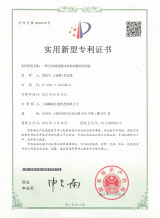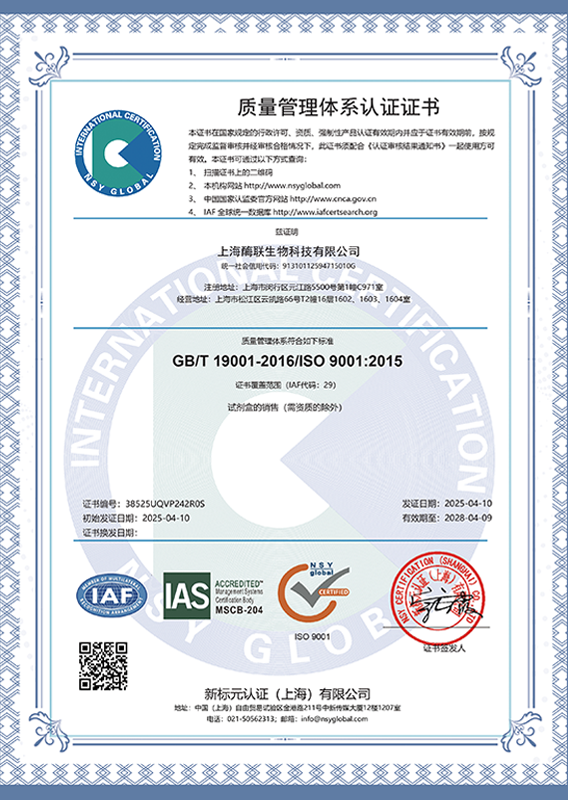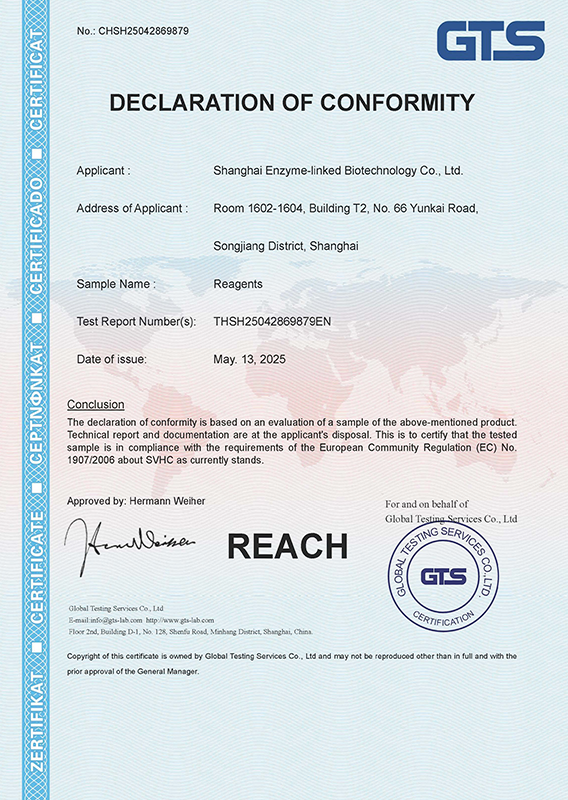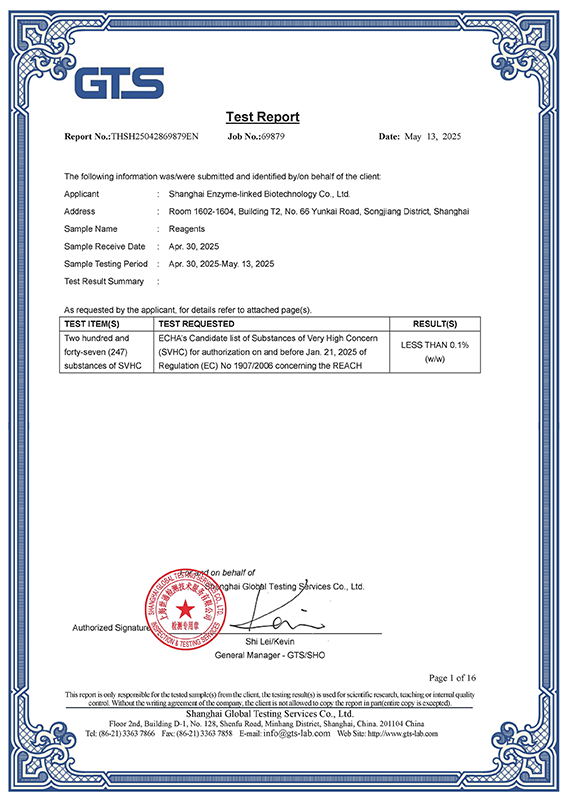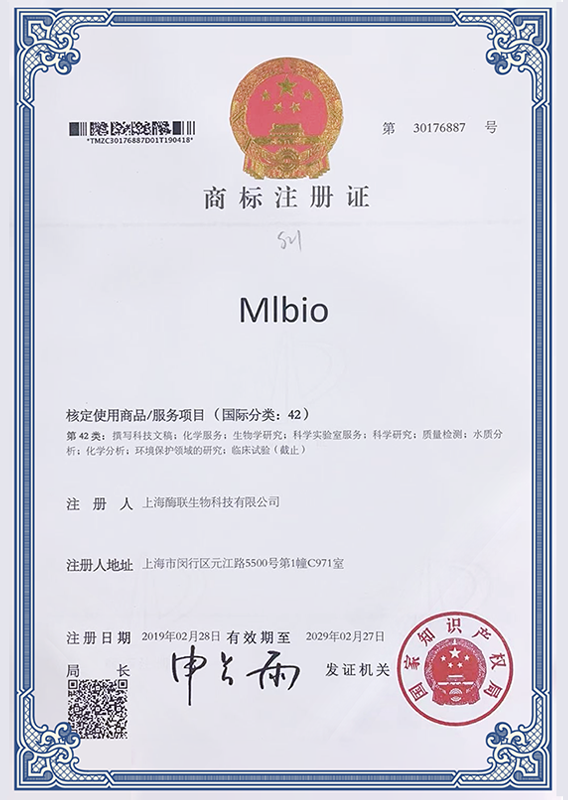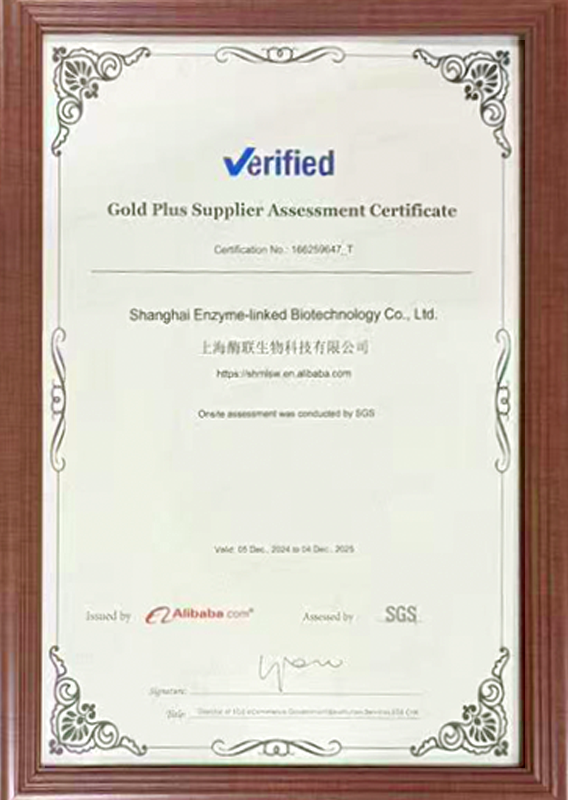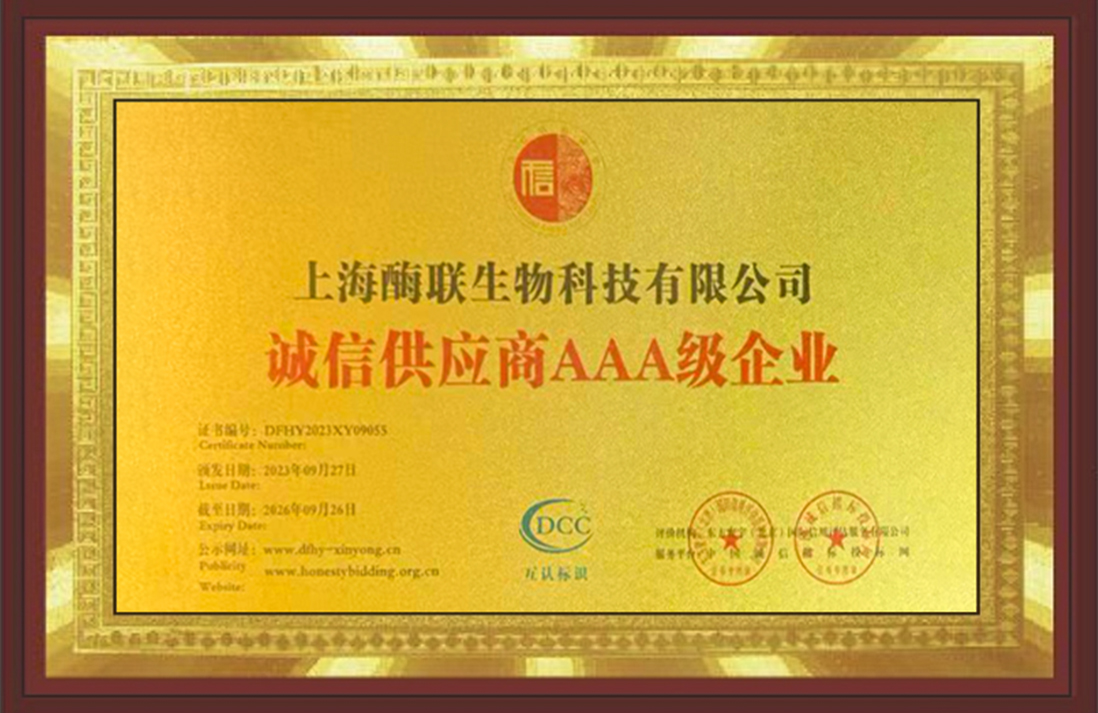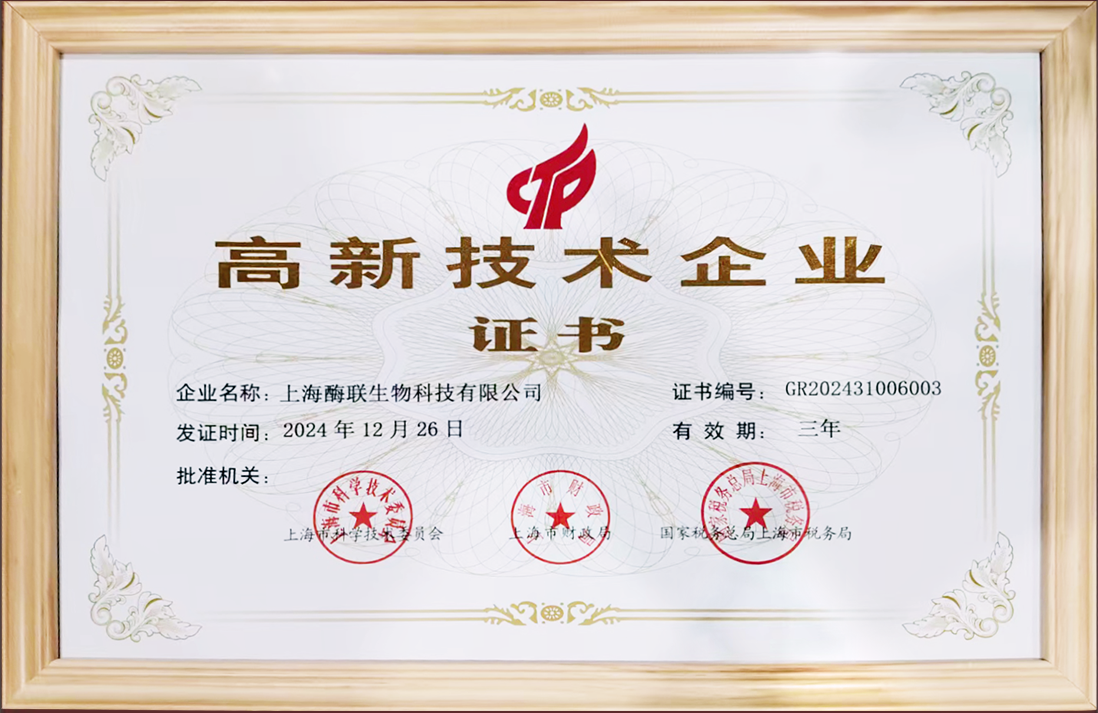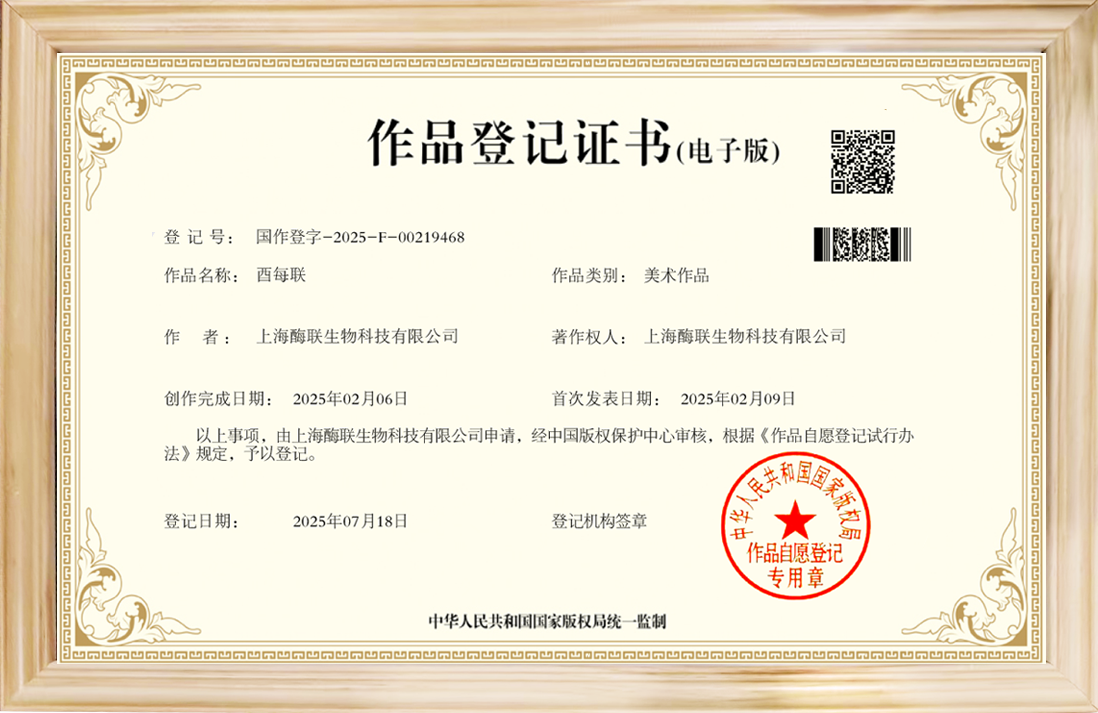Zearalenone can relieve dextran sulfate sodium‐induced infla
<p> </p>
<p> <b>“上海酶联文献” </b>1MOE Joint International Research Laboratory of Animal Health and Food Safety, College of Veterinary Medicine, Nanjing Agricultural University, Nanjing, Jiangsu, China</p>
<p>2Jiangsu Engineering Laboratory of Animal Immunology, Institute of Immunology and College of Veterinary Medicine, Nanjing Agricultural University, Nanjing, Jiangsu, China</p>
<p><strong>Correspondence</strong></p>
<p>Suquan Song, MOE Joint International Research Laboratory of Animal Health and Food Safety, College of Veterinary Medicine, Nanjing Agricultural University, NO. 1 Weigang, Nanjing 210095, Jiangsu, China. Email: suquan.song@njau.edu.cn</p>
<p>Liping Yan, Jiangsu Engineering Laboratory of Animal Immunology, Institute of Immunology and College of Veterinary Medicine, Nanjing Agricultural University, Nanjing 210095, Jiangsu, China.</p>
<p>Email: yanliping@njau.edu.cn</p>
<p><strong>Funding information</strong></p>
<p>National Key R&D Program, Grant/Award Numbers: 2016YFD0501009, 2016YFD0501200; Natural Science Foundation of Jiangsu Province, Grant/Award Number: BK20161452; Fundamental Research Funds for the Central Universities, Grant/Award Number: KYZ201848; NAU International Cooperation and Cultivation Project, Grant/Award Number: 2018‐AF‐20; Key Program of Science and Technology Planning of Guangdong Province, Grant/ Award Number: 2017B020202010; Priority Academic Program Development of Jiangsu Higher Education Institutions.</p>
<p><strong>Abstract</strong><br />
In this study, we investigated the influence of zearalenone (ZEA) on the dextran sulfate sodium (DSS)‐induced colitis model both in vitro and in vivo. Our results show that the mRNA levels of IL‐1β, IL‐18, NLRP3, ASC, and caspase‐1 in the DSS+ZEA‐ treated group are lower than those in either the DSS or ZEA group, and the protein expression trends are similar. Furthermore, colitis, which is characterized by body weight loss, stool consistency, and the presence of bloody feces, was significantly alleviated in the DSS+ZEA group when compared with that in the DSS group. In addition, histological analysis showed that inflammatory cell infiltration and tissue damage of the colon in the DSS+ZEA group were recovered compared with that in the DSS‐treated group. These results suggest that, instead of aggravating DSS‐ induced colitis, ZEA relieves the inflammatory reaction in colon tissue, which may be related to its estrogenic activity.</p>
<p><strong>K E Y W O R D S</strong><br />
dextran sulfate sodium (DSS), estrogen receptors (ERs), inflammation, NLRP3, zearalenone (ZEA)<br />
apoptosis‐associated adaptor protein (ASC) and the precursor of caspase‐ 1 and can convert pro‐IL‐1β and IL‐18 into their active forms under a variety of environmental and endogenous stimuli.[4–6] However, over-activation of inflammasomes will result in an inflammatory disorder of the intestinal tract.[2,7]<br />
Zearalenone (ZEA) is a nonsteroidal estrogenic mycotoxin and is mainly produced by several Fusarium species. It can widely contaminate cereal crops, including corn, barley, wheat, oats, sorghum, and sesame grains.[8] It has been reported that ZEA is associated with many mycotoxicoses in farm animals.[9] ZEA accounts annually for millions of dollars in pig breeding losses worldwide.[10] If an animal ingests ZEA‐ contaminated feed, the intestine will be exposed to high concentrations of ZEA. The adverse influences of ZEA on the gut have been confirmed.[11–13] In our previous study, we proved that ZEA exposure could induce mitochondrial damage by reducing antioxidant enzyme activities, accumulation of reactive oxygen species (ROS), and decreasing mitochondrial membrane potential (MMP).[14] The mitochondria‐derived components could trigger NLRP3 inflammasome activation to convert the proinflammatory cytokines IL‐1β and IL‐18 into their active forms, which were the central players in the pathogenesis of colitis and mediated ZEA‐induced intestinal inflammation in mouse colon, which were characterized by significant inflammatory cell infiltration and tissue damage.[7] Because ZEA can induce intestinal inflammation, we specu-lated that the ingestion of large amounts of ZEA‐contaminated feed might aggravate inflammatory reactions in the gastrointestinal tract. To verify this notion, we investigated the influence of ZEA on the dextran sulfate sodium (DSS)‐induced colitis model both in vitro and in vivo. DSS has been widely used to induce colitis in model mice. [15] And this model is particularly useful for research into the role of innate immune mechanisms in intestinal inflammation.[16] Surprisingly, the results indicated that, instead of aggravating DSS‐induced colitis, ZEA relieved the inflammatory reaction in colon tissue.</p>
<p><img src="/images/upload/Image/图片1_副本(1).png" width="585" height="369" alt="" /></p>
<p><strong>REFEREN CES</strong></p>
<p>[1]F. Martinon, A. Mayor, J. Tschopp, Annu. Rev. Immunol. 2009, 27, 229.</p>
<p>[2]N. Zmora, M. Levy, M. Pevsner‐Fishcer, E. Elinav, Mucosal Immunol. 2017, 10, 865.</p>
<p>[3]A. C. Villani, M. Lemire, G. Fortin, E. Louis, M. S. Silverberg, C. Collette,</p>
<p>N.Baba, C. Libioulle, J. Belaiche, A. Bitton, D. Gaudet, A. Cohen, D. Langelier, P. R. Fortin, J. E. Wither, M. Sarfati, P. Rutgeerts, J. D. Rioux, S. Vermeire, T. J. Hudson, D. Franchimont, Nat. Genet. 2009, 41, 71.<br />
[4]M. Lamkanfi, V. M. Dixit, Cell 2014, 15(5), 1013.</p>
<p>[5]A. Lu, V. G. Magupalli, J. Ruan, Q. Yin, M. K. Atianand, M. R. Vos, G. F. Schröder, K. A. Fitzgerald, H. Wu, E. H. Egelman, Cell 2014, 156 (6), 1193.</p>
<p>[6]Y. Ishiguro, J. Gastroenterol 1999, 34(6), 66.</p>
<p>[7]W. Fan, Y. Lv, S. Ren, M. Shao, T. Shen, K. Huang, J. Zhou, L. Yan, S. Song, Chemosphere 2018, 190, 272.</p>
<p>[8]C. Tabuc, D. Marin, P. Guerre, T. Sesan, J. D. Bailly, J. Food Prot 2009, 72(3), 662.</p>
<p>[9]J. Finkgremmels, H. Malekinejad, Anim. Feed Sci. Tech 2007, 137 (3), 326.</p>
<p>[10]H. Jo, C. Kong, M. Song, B. G. Kim, Anim. Feed Sci. Tech 2016, 219, 77.</p>
<p>[11]M. Liu, R. Gao, Q. Meng, Y. Zhang, C. Bi, A. Shan, Plos One 2014, 9(9), e106412.</p>
<p>[12]P. Pinton, I. Oswald, Toxins 2014, 6(5), 1615.</p>
<p>[13]H. Robert, D. Payros, P. Pinton, V. Théodorou, M. Mercier‐Bonin, I. P. Oswald, J. Toxicol. Environ. Health 2017, 20(5), 249.</p>
<p>[14]W. Fan, T. Shen, Q. Ding, Y. Lv, L. Li, K. Huang, L. Yan, S. Song, J. Biochem. Mol. Toxicol 2017, 31, e21944.</p>
<p>[15]I. Okayasu, S. Hatakeyama, M. Yamada, T. Ohkusa, Y. Inagaki, R. Nakaya, Gastroenterology. 1990, 98(3), 694.</p>
<p>[16]C. Bauer, P. Duewell, C. Mayer, H. A. Lehr, K. A. Fitzgerald, M. Dauer, J. Tschopp, S. Endres, E. Latz, M. Schnurr, Gut. 2010, 59(9), 1192.</p>
<p>[17]I. C. Allen, J. E. Wilson, M. Schneider, J. D. Lich, R. A. Roberts, J. C. Arthur, R. M. T. Woodford, B. K. Davis, J. M. Uronis, H. H. Herfarth,<br />
C.Jobin, A. B. Rogers, J. P. Y. Ting, Immunity. 2012, 36(5), 742.</p>
<p>[18]S. Mariathasan, K. Newton, D. M. Monack, D. Vucic, D. M. French, W.</p>
<p>P.Lee, M. Roosegirma, S. Erickson, V. M. Dixit, Nature. 2004, 430 (6996), 213.</p>
<p>[19]A. M. Nour, Y. L. Yeung, Infect. Immun 2009, 77(3), 1262.</p>
<p>[20]S. Brase,̈ A. Encinas, J. Keck, C. F. Nising, Chem. Rev. 2009, 109 (9), 3903.</p>
<p>[21]C. M. Brown, T. A. Mulcahey, N. C. Filipek, P. M. Wise, Endocrinology 2010, 151(10), 4916.</p>
<p>[22]D. R. V. Jp, H. H. Patel, M. A. Perez‐Pinzon, H. M. Bramlett, A. P. Raval, J. Neurochem 2015, 136(3), 492.</p>
<p>[23]W. Huan, Z. Tianzhu, L. Yu, W. Shumin, Inflammation. 2017, 40(3), 1.</p>
<p><img src="/images/upload/Image/图片2_副本(1).png" width="479" height="479" alt="" /></p>


 酶联官方手机二维码
酶联官方手机二维码